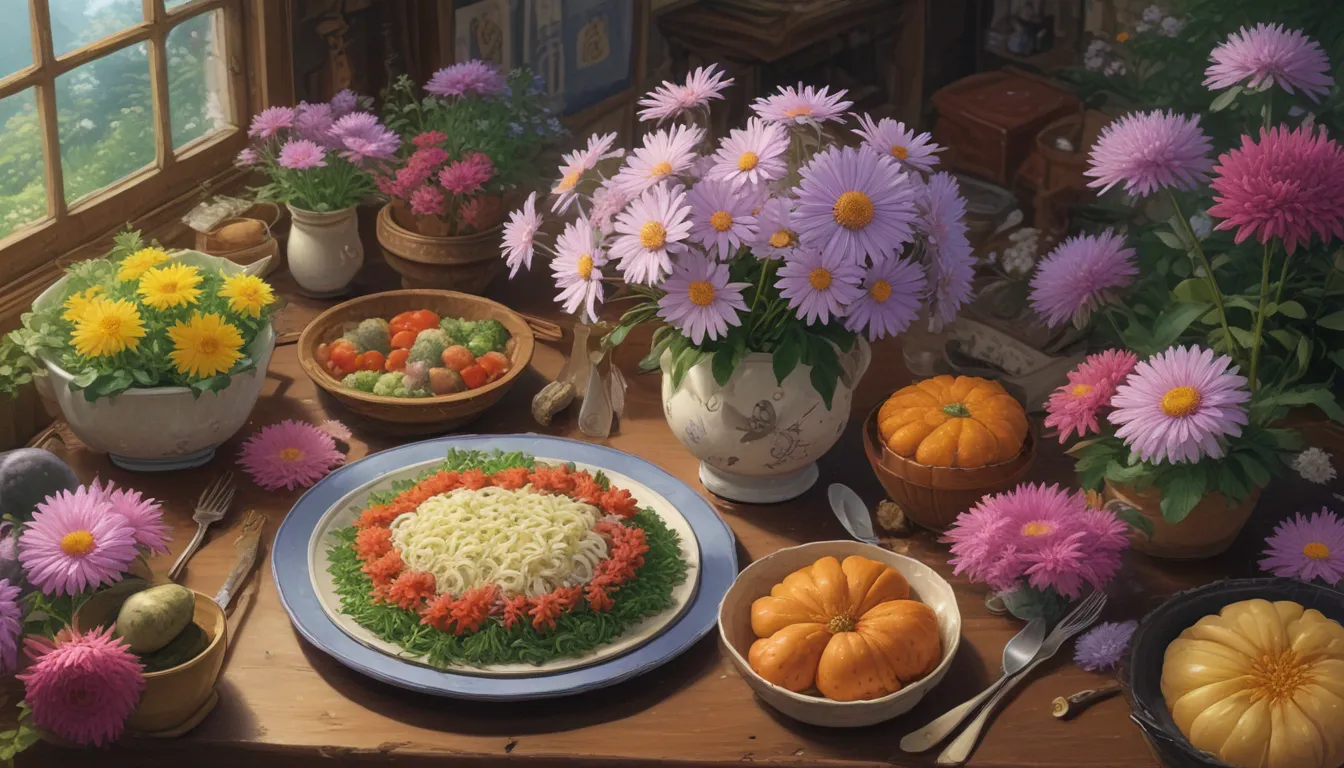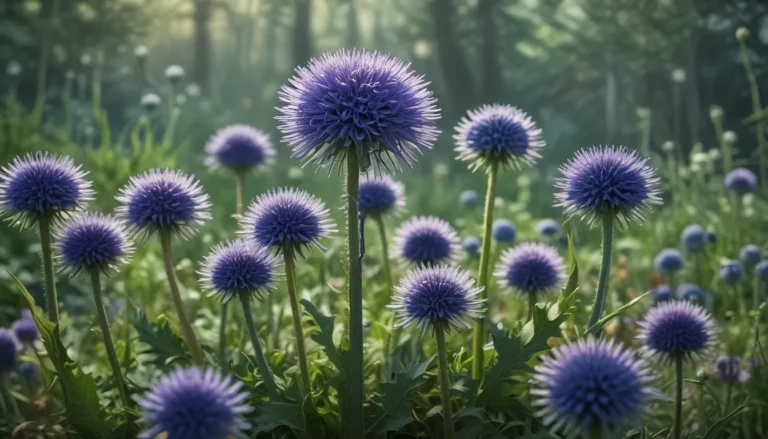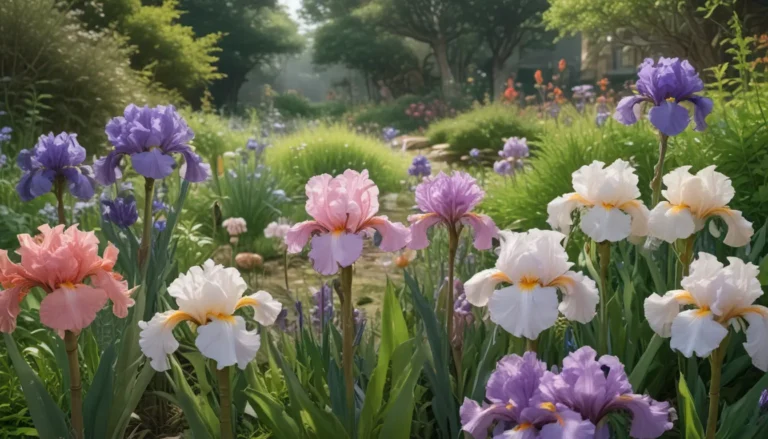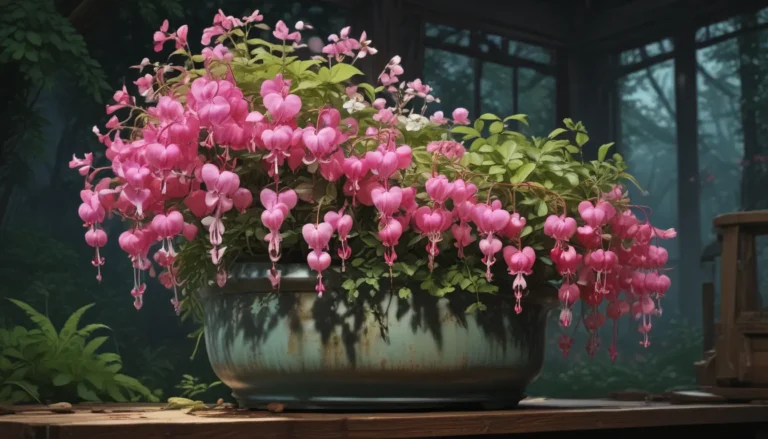Can You Eat Aster Flowers? A Comprehensive Guide

Aster flowers are a delightful addition to any garden, with their bright colors and intricate blooms. But have you ever wondered if you can eat them? In this article, we will explore the history of aster flowers, their potential edibility, and whether they make a safe and delicious addition to your diet.
What You’ll Learn
- Asters through the Ages – Discover the historical use of aster flowers for medicinal purposes and more.
- Consumption Considerations – Learn about the potential risks associated with eating aster flowers.
- A Decorative Option – Find out how to incorporate aster flowers into your meals in a safe and visually appealing way.
Let’s dive in!
Asters through the Ages
Aster flowers have a long history of use in various cultures. References to asters date back to ancient Greece and Rome, where they were valued for their medicinal properties. In the 1200s, aster flowers were commonly found in the physic gardens of monks and nobility.
Historical texts mention several uses of aster flowers, including wearing them as amulets, creating salves for treating bites, and using them in medicinal treatments for various ailments. While aster flowers were mainly used in traditional medicine, they did not gain culinary popularity due to their bitter and unpalatable taste.
Consumption Considerations
Today, we know that aster flowers contain toxic triterpenoid saponins, which give them a bitter flavor and deter animals from eating them. While saponins have potential health benefits, such as antimicrobial properties, consuming them in large quantities can be harmful. Some aster species, like A. tataricus, have been linked to liver damage in rats.
Additionally, certain aster species contain selenium, a mineral that can be toxic in high concentrations. Consuming aster flowers, especially in large quantities or frequently, can lead to “selenium intoxication” and have severe health consequences.
Furthermore, plants in the Asteraceae family, to which asters belong, can cause allergic reactions in sensitive individuals. It’s essential to exercise caution when handling and consuming aster flowers to avoid any adverse reactions.
A Decorative Option
While aster flowers may not be suitable for consumption, they are perfect for decorative purposes. You can incorporate aster flowers into your meals by using them as a visually appealing centerpiece. Simply cut a few stems and place them in a vase on your dinner table for a charming display.
When using aster flowers decoratively, ensure that your guests are not allergic to them. Remove the lower leaves to prevent them from contaminating the vase water and change the water daily to prolong the flowers’ lifespan.
With their vibrant colors and diverse varieties, aster flowers make a stunning addition to any floral arrangement. From perennial species to annual cultivars, there is a wide range of options to choose from to create a visually striking centerpiece.
Feast With Your Eyes
While aster flowers may not be suitable for consumption, they offer a feast for the eyes with their colorful blooms and intricate structures. Their late-season nectar provides essential food sources for local pollinators, making them a valuable addition to any garden.
Whether you’re growing native aster species or cultivating ornamental varieties, aster flowers add beauty and biodiversity to your outdoor space. By attracting bees, butterflies, and moths, they play a crucial role in supporting local ecosystems and promoting pollinator health.
In conclusion, while aster flowers may not be edible, they are a valuable asset to any garden. By appreciating their beauty and supporting local pollinators, you can enjoy the many benefits that aster flowers have to offer.
If you found this article informative and would like to learn more about aster flowers, check out our additional resources on growing, pruning, and managing perennial asters in your garden. And remember, when it comes to consuming ornamental plants, it’s always best to err on the side of caution.
In a world of uncertainty, it’s essential to make informed choices about what you put into your body. While aster flowers may be tempting, their potential risks outweigh any potential benefits. By opting for edible alternatives and enjoying aster flowers for their visual appeal, you can create a safe and beautiful environment for yourself and your guests.
Happy gardening!





